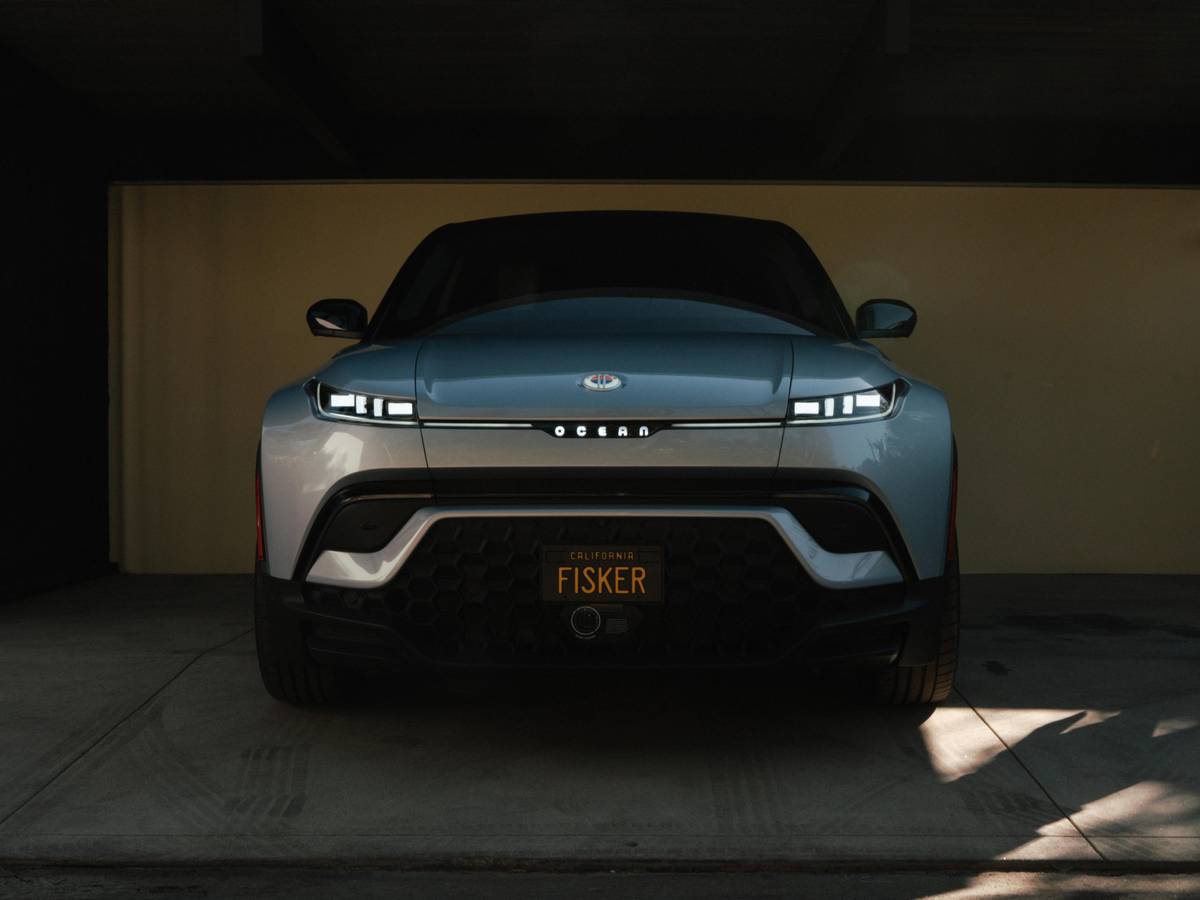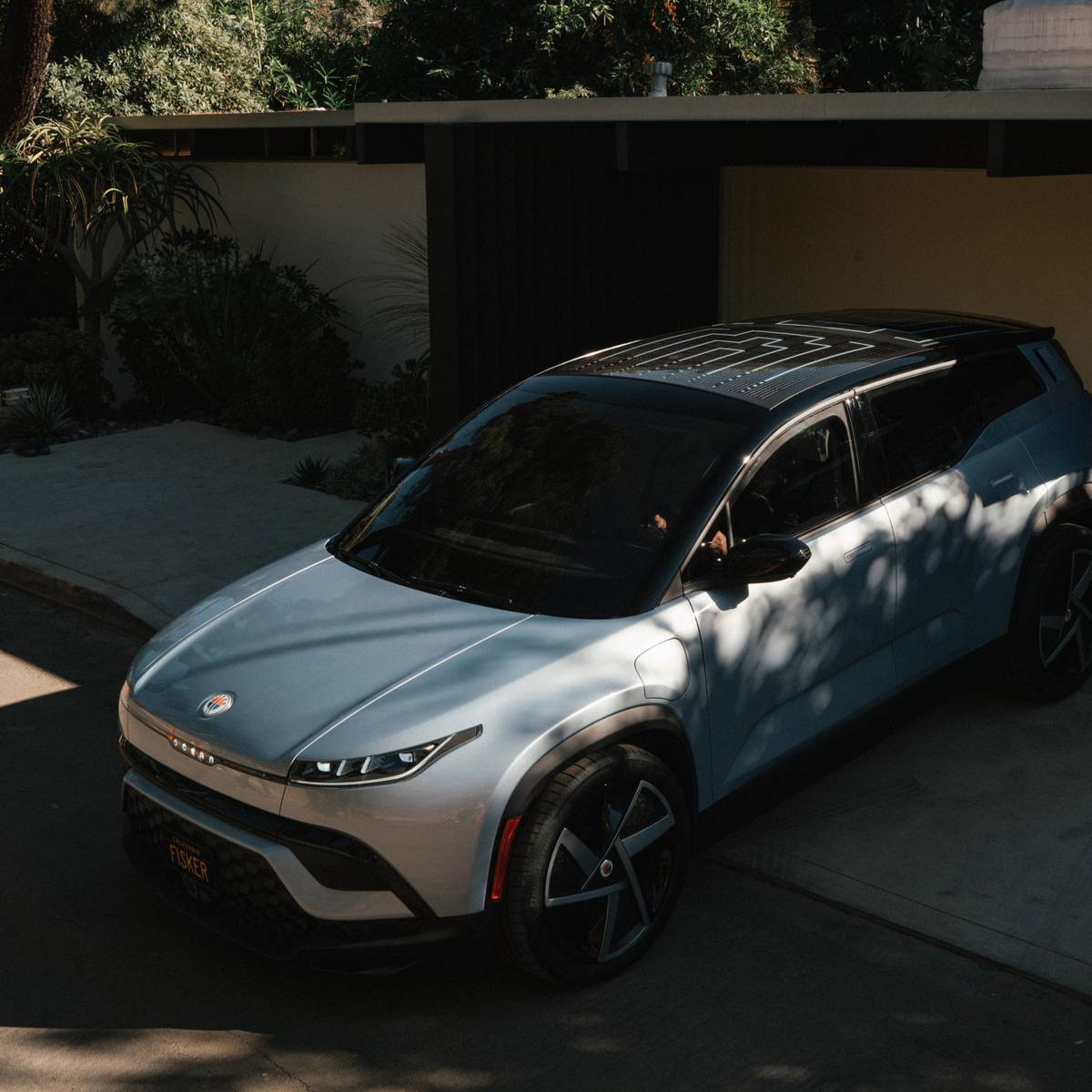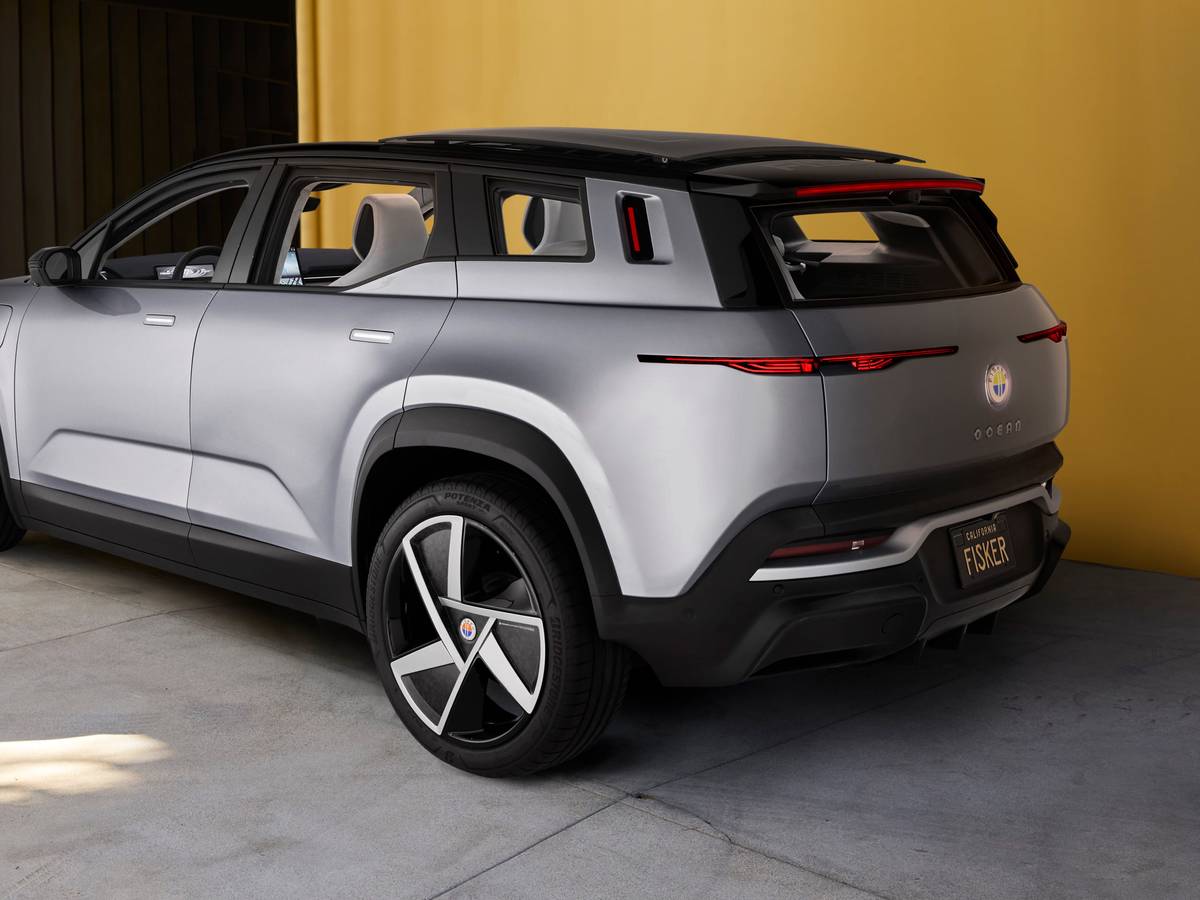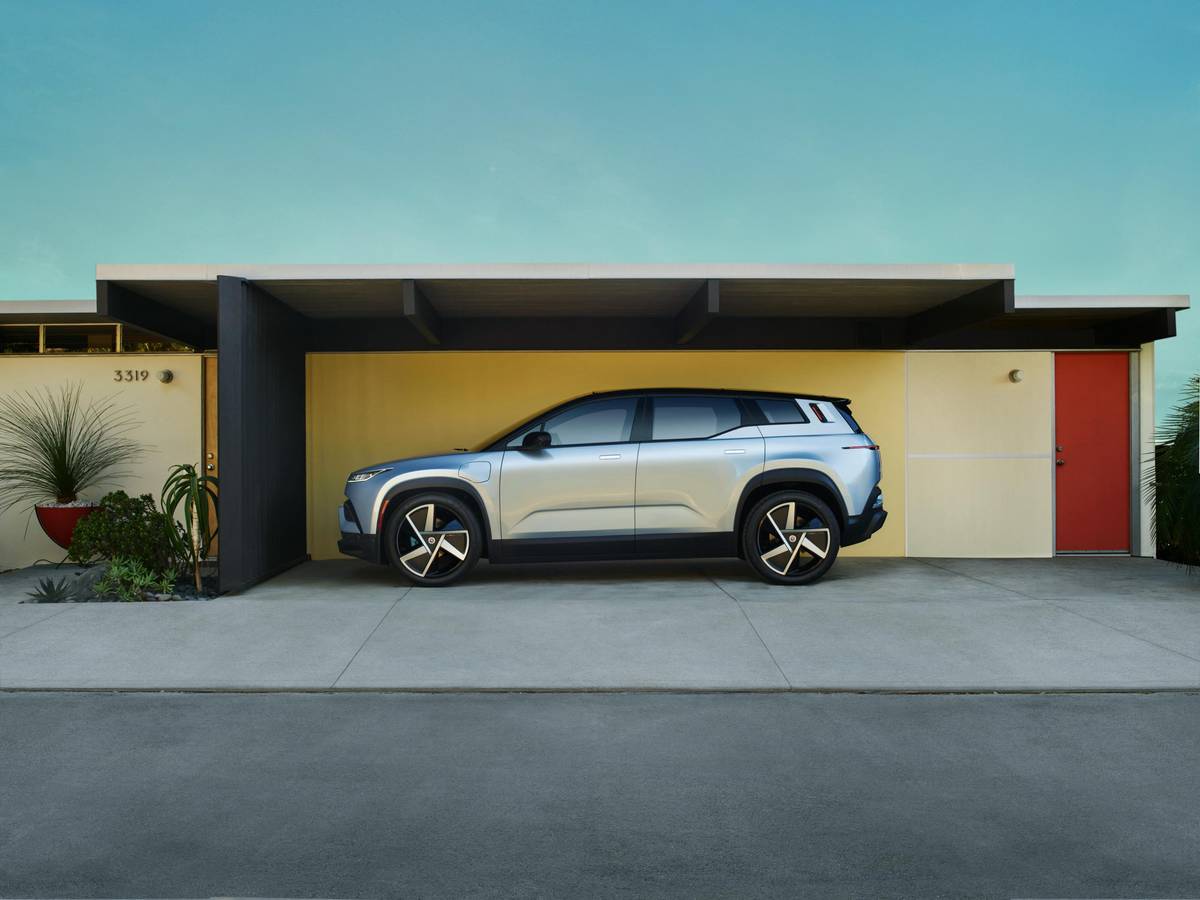Fisker Ocean SUV Joins Wave of Tesla Fighters









Competes with: Audi E-Tron, BMW iX, Ford Mustang Mach-E, Tesla Model Y, Volkswagen ID.4, Volvo XC40 Recharge
Looks like: An all-electric, Kirkland Signature Land Rover Range Rover Evoque
Powertrains: 275-horsepower, single-motor front-wheel drive with 250 miles of range (Sport); 540-hp, dual-motor all-wheel drive with 340 miles of range (Ultra); 550-hp, dual-motor AWD with 350 miles of range (Extreme and Ocean One); horsepower and range figures estimated
Hits dealerships: The Ocean One launch edition will arrive in late 2022; other trims should follow in 2023 once 5,000 Ocean Ones are delivered.
Fisker Inc. — not to be confused with the original Fisker, makers of the Karma, or Karma, makers of the GS-6 sedan that looks pretty much identical to the old Fisker Karma — is the latest endeavor of automotive designer Henrik Fisker, and the Ocean SUV is Fisker Inc.’s first production vehicle. The automaker hopes the all-electric SUV can challenge Tesla — and a much more crowded electric vehicle market — more successfully than the Fisker Karma plug-in hybrid was able to do nearly a decade ago.
Related: More 2021 L.A. Auto Show Coverage
The SUV will launch as a pricey and well-equipped version dubbed the Ocean One, with production scheduled to begin in exactly one year at a Magna-Steyr facility in Graz, Austria. Once 5,000 Ocean One models have been delivered, Fisker says production will shift to the base Ocean Sport, mid-level Ocean Ultra and range-topping Ocean Extreme trims.
Power and Range
The base Ocean Sport will be offered exclusively with front-wheel drive and powered by a single motor. Manufacturer-estimated power and range for the Sport are 275 horsepower and 250 miles of range.
All other Ocean models will be dual-motor all-wheel-drive SUVs. Fisker Inc. estimates that the Ultra should make 540 hp and offer 340 miles of range, while both the Extreme and Ocean One launch edition should eke out a bit more power and range, with estimates of 550 hp and 350 miles.
The Ocean will come standard with up to four driving modes:
- Earth (all models)
- Fun (all models)
- Hyper (Ultra, Extreme, Ocean One)
- Off-Road (Extreme, Ocean One)
Charging times and rates have not yet been announced.
Tech-Forward
All Ocean models will come with a 17.1-inch touchscreen display. On the Extreme and Ocean One variants, it’s capable of rotating between portrait and landscape orientation, with portrait for controlling vehicle functions while driving and landscape for providing entertainment to occupants while the Ocean is parked.
Other features on the Ocean include vehicle-to-vehicle (PowerCar), vehicle-to-grid (Power Grid) and vehicle-to-house (PowerHouse) charging capabilities, allowing the Ocean to use its batteries to send power elsewhere. The Ocean is also capable of receiving over-the-air updates.
Safety-Conscious
All Ocean models will come with varying levels of Fisker’s advanced driver assistance suite, dubbed Fisker Intelligent Pilot. The Sport gets the most basic set of features, while the Extreme and Ocean One get the complete suite, which will include a 360-degree camera system, automatic parking assist, lane change assist, adaptive cruise control with traffic jam assistance, driver attention warning and more.
California Style
The Ocean will be available with a solar roof, standard on the Extreme and Ocean One, which Fisker says is capable of powering as much as 1,500-2,000 miles of driving per year depending on weather conditions. A “California Mode” on the Ultra, Extreme and Ocean One models opens eight glass panels comprising the windows and roof for open-air, quasi-convertible driving.
The regular Ocean comes standard with 20-inch wheels, and three 22-inch designs are available, while the Ocean One launch edition will come standard with exclusive 22-inch wheels. The 20-inch wheels will get low rolling-resistance tires for efficiency, while the 22-inch designs will get more performance-oriented rubber.
More From Cars.com:
- Get Plugged Into Cars.com’s Guide for the EV Curious
- We Bought a 2021 Tesla Model Y
- Subaru Solterra All-Electric SUV Debuts in Japan, Bound for U.S.
- $1 Trillion U.S. Infrastructure Bill: 3 Ways It Impacts Drivers
- 2023 Toyota bZ4X: Toyota’s First All-Electric Vehicle Officially Revealed
Direct Sales and a Unique Leasing Model
When the Ocean One goes on sale in late 2022, Fisker says it will cost $68,999 before any additional taxes or destination fees, and also before any applicable federal, state or local tax credits are applied. Fisker anticipates it will begin taking orders for other trim levels of the Ocean in 2023 once 5,000 Ocean Ones have been delivered. The base Ocean Sport will be priced from $37,499, while the mid-level Ultra will cost $49,999; the Extreme will also carry a $68,999 price tag. Like Tesla, Fisker plans to forego the traditional dealership franchise model and sell directly to consumers.
If you’d prefer to lease an Ocean One, Fisker is offering what it calls a Flexee Lease, which will include a one-time “initiation and activation fee” of $2,999. Costs for leasing other trim levels haven’t been provided as of this writing, but Fisker says an Ocean Sport would then cost $379 per month to drive with an annual driving allowance of 30,000 miles (most traditional leases usually allow for 12,000 miles of driving per year). Fisker says the lease can be ended at any time, though the automaker hasn’t yet provided more details on the terms.
The term “Tesla fighter” is incredibly cliche when discussing EVs, but if the Ocean can live up to its promises and survive what is currently a very challenging manufacturing environment, the Model Y (and a growing number of other electric SUVs) may have another worthy challenger.
Related Video:
Cars.com’s Editorial department is your source for automotive news and reviews. In line with Cars.com’s long-standing ethics policy, editors and reviewers don’t accept gifts or free trips from automakers. The Editorial department is independent of Cars.com’s advertising, sales and sponsored content departments.

Road Test Editor Brian Normile joined the automotive industry and Cars.com in 2013, and he became part of the Editorial staff in 2014. Brian spent his childhood devouring every car magazine he got his hands on — not literally, eventually — and now reviews and tests vehicles to help consumers make informed choices. Someday, Brian hopes to learn what to do with his hands when he’s reviewing a car on camera. He would daily-drive an Alfa Romeo 4C if he could.
Featured stories








